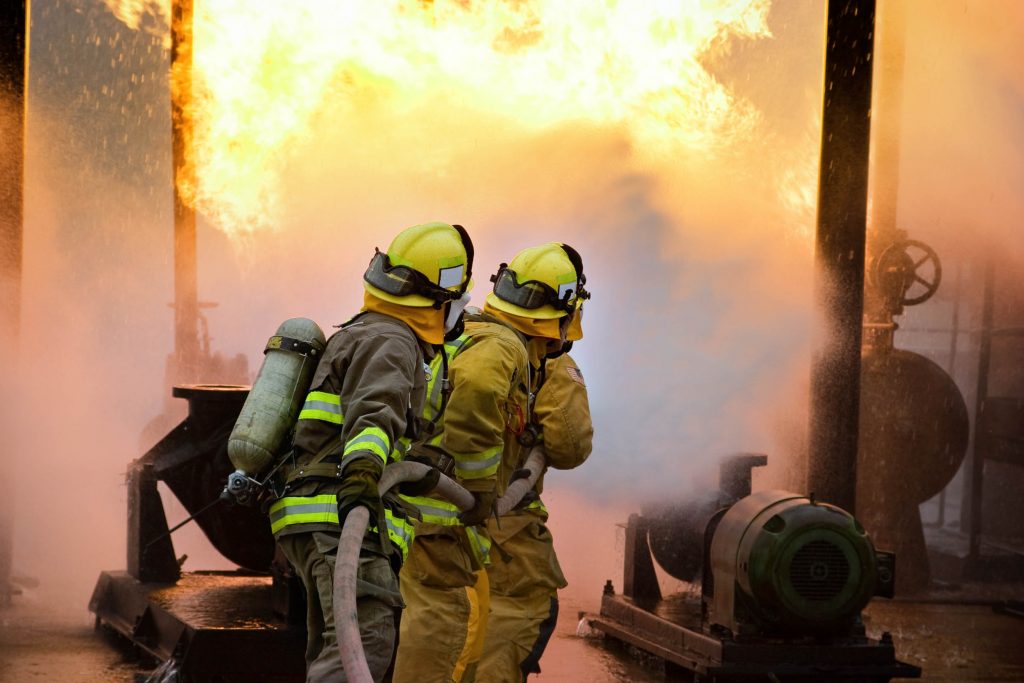
MTI is conducting research on the breathing methods firefighters employ when their self-contained breathing apparatus (SCBA) air supply runs low. These systems employ a “low-air alarm,” notifying the firefighter that they must exit the structure quickly, while preserving the little amount of air remaining.
Our initial research has discovered just two breathing techniques for emergency air management:
Skip Breathing
Breath is held intermittently during respirations in order to extend airtime. By holding your breath, the buildup of carbon dioxide in the blood increases heart rate and respirations. This is dependent on the individual’s fitness and ability to remain calm. This technique appears to still be taught at many departments nationwide.
Reilly-Emergency Breathing Technique (R-EBT)
Inhale normally, and during exhale, hum your breath in a slow, consistent manner. According to testing, this technique can allow for up to five additional minutes of airflow following the low air alarm.
We’re looking for feedback from our fire/rescue athletes:
- What technique do you employ?
- What technique is your department currently teaching?
- Are you aware of any other techniques besides Skip and R-EBT?
Questions, comments, or feedback? Please contact charles@militaryathlete.com
Sources:
http://www.firesmoke.org/wp-content/uploads/2010/10/REBT_Article.pdf
http://www.fireengineering.com/articles/print/volume-161/issue-4/features/rethinking-emergency-air-management-the-reilly-emergency-breathing-technique.html
http://www.firefighternation.com/article/firefighting-operations/using-scba-drills-improve-your-air-management
STAY UPDATED
Sign-up for our BETA newsletter. Training tips, research updates, videos and articles - and we’ll never sell your info.
